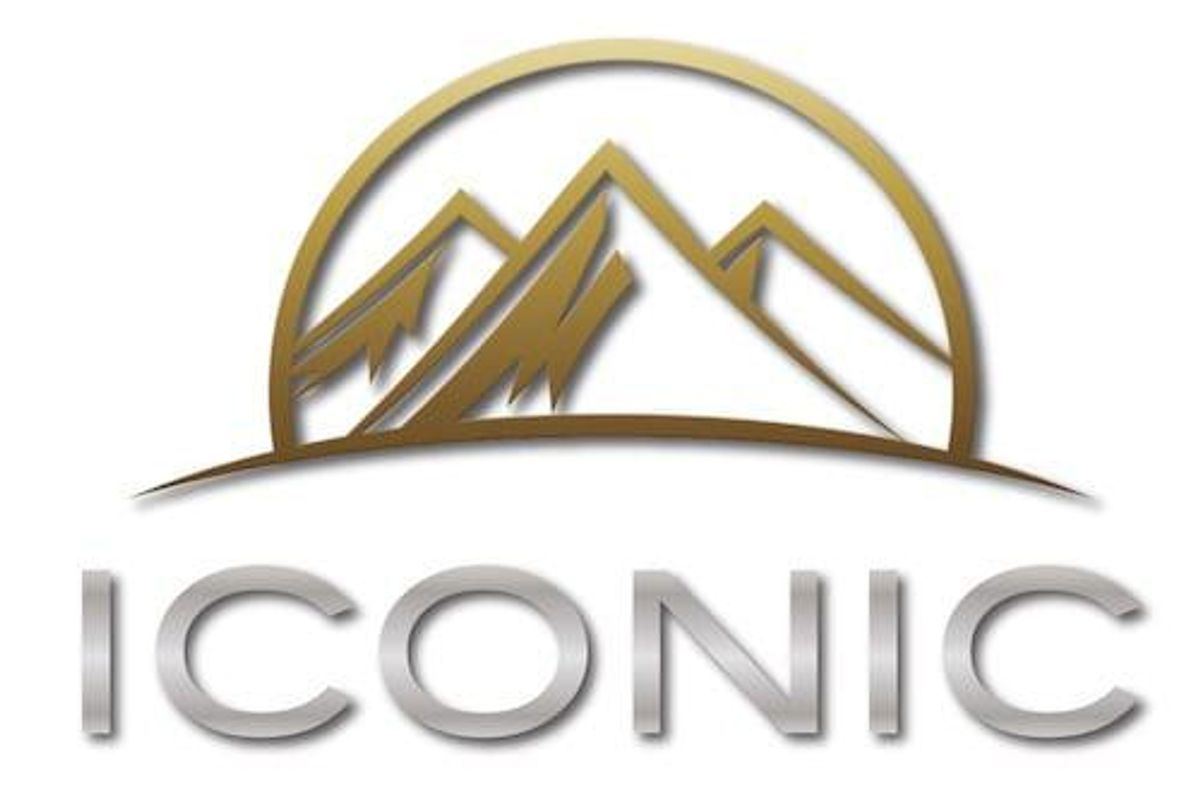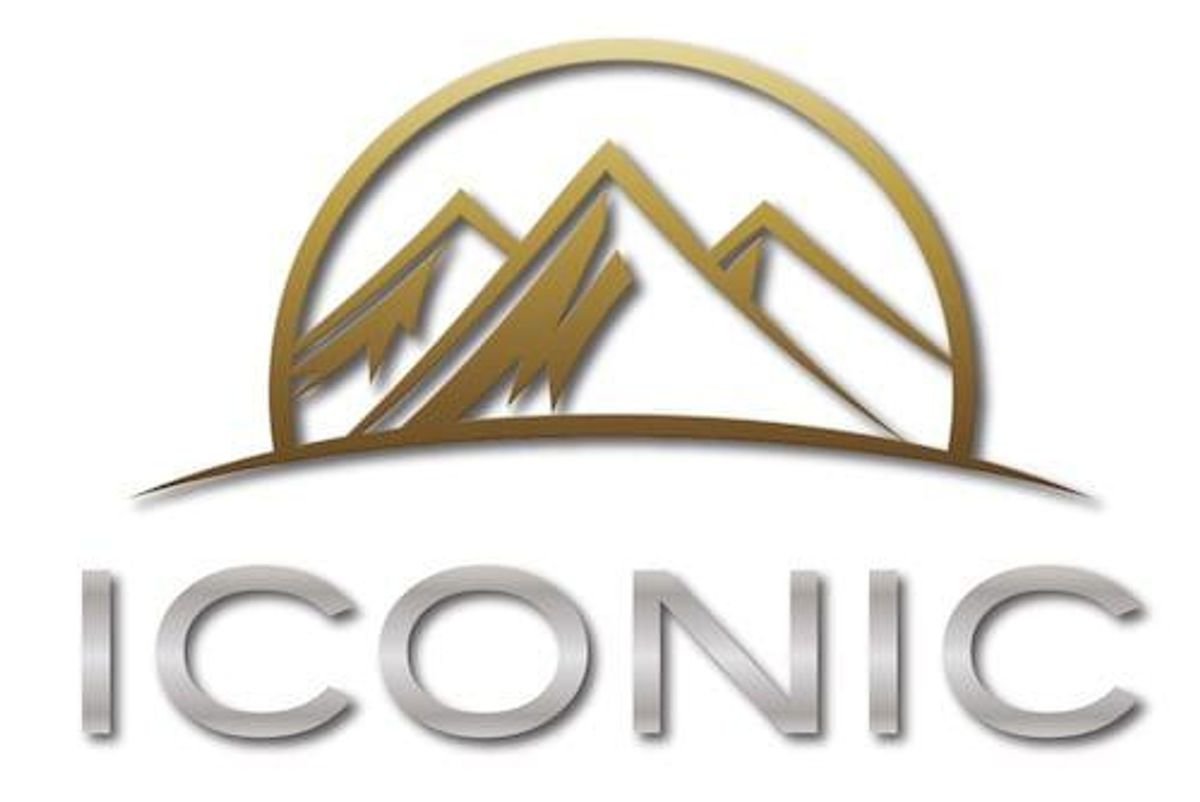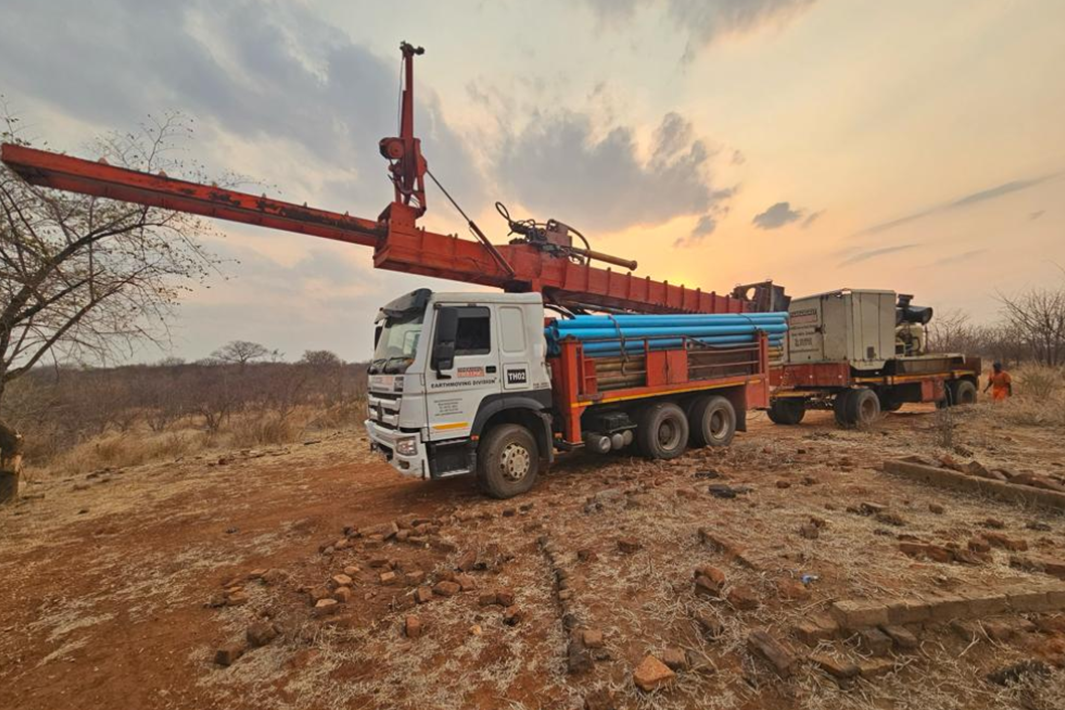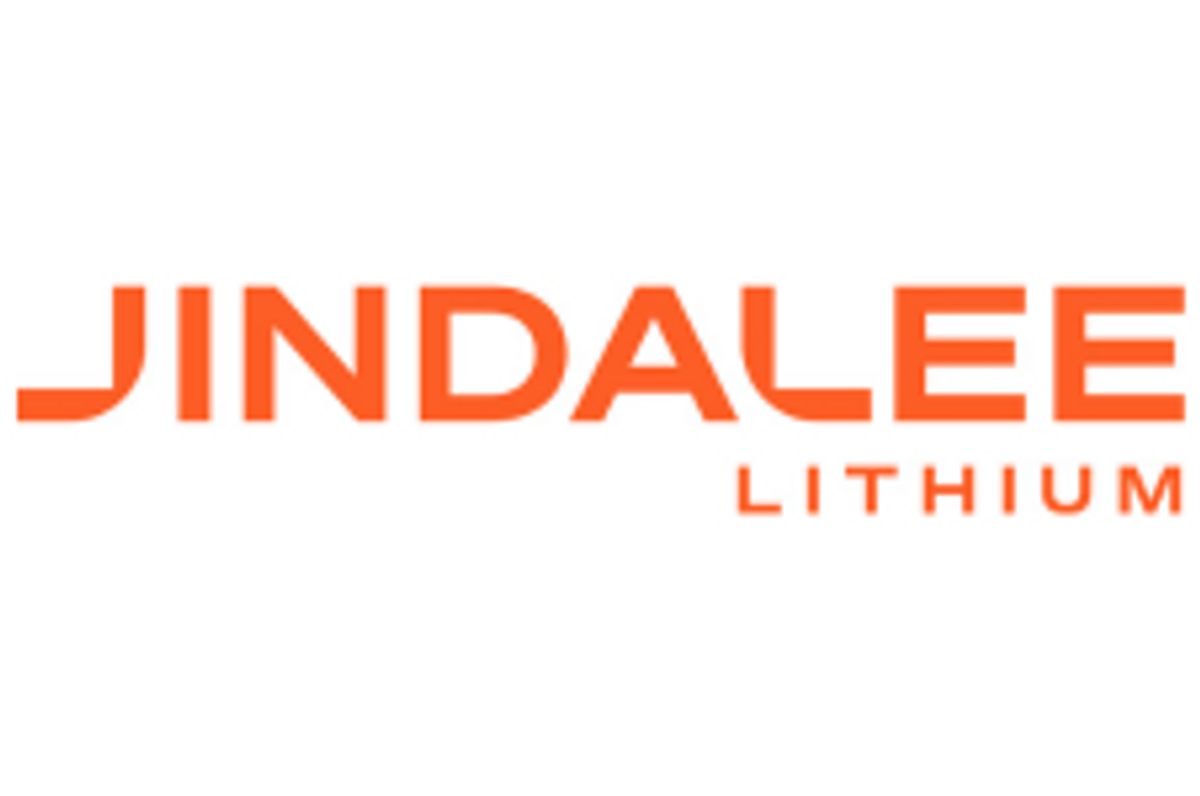
Iconic Minerals Ltd. (TSXV: ICM) (OTC Pink: BVTEF) (FSE: YQGB) (the "Company" or "Iconic") is pleased to announce it has released Preliminary Economic Assessment report ("PEA") for the Bonnie Claire project (the "Property") located 48 km (30 miles) north of Beatty, Nevada. The report was done by Global Resource Engineering Ltd. ("GRE") of Denver, Colorado. Using the updated NI 43-101 resource report released September 1 by the Company GRE determined what portion of the resource is defined as borehole mineable. This resource, as reported in the PEA is as follows:
Bonnie Claire Statement of Mineral Resource
| Class | Extraction Method Applied for Constraint | Mass (Million Tonnes) | Li Grade (ppm) | Li (Million kg) | Li Carbonate Equivalent (Million kg) |
| Inferred | Borehole | 3,407.3 | 1,013.0 | 3,451.5 | 18,372.3 |
1. Cutoff grade of 700 ppm Li
2. The effective date of the Mineral Resource is August 20, 2021.
3. The Qualified Person for the estimate is Terre Lane of GRE.
4. Resources are not Mineral Reserves and do not have demonstrated economic viability.
5. Numbers in the table have been rounded to reflect the accuracy of the estimate and may not sum due to rounding.
6. Assumes 68% recovery by borehole
The economic model used in the PEA only covers the first 40 years of production. GRE has the following conclusions from the modelling.
- Average annual production of 32.3 million kg (32,300 tonnes) of LCE
- Cash operating cost of $5,974/tonne LCE
- All-in sustaining cost of $6,057/tonne LCE
- A $1.5 billion after-tax Net Present Value (NPV) at an 8% discount rate
- A 23.8% after-tax Internal Rate of Return (IRR)
- Payback period of 6.7 years
- Break-even price (0% IRR) of $6,545/tonne LCE
GRE found positive economics using borehole mining and recovery of lithium carbonate after thermal treatment and hot water leaching. GRE stated the following:
"The Project economics shown in the PEA are favorable and robust, providing positive NPV values at varying lithium carbonate prices, capital costs, and operating costs."
GRE determined that even though the project is only partially drilled out the current resource will only be 27% mined in the first 40 years of production. The borehole mining method being used starts by drilling a hole to the bottom of the mineralized zone which consists of soft clay. High-pressure water is pumped through drill holes into the formation while simultaneously pumping the resulting loosened material out. This material would be transported to the mill as slurry. The resulting large cavity would be filled with tailings from the mill. The process would continue up the drill hole until the top of the mineralized zone is reached.
Borehole mining would eliminate the need for an open pit and reduce tailings because they are injected back into the drill holes. The environmental disturbance footprint is greatly reduced which is a big positive for the project. The Project also has the potential for incorporating solar power into its development due to its location in sunny Nevada.
Metallurgical testing conducted by Hazen Research Inc. of Golden, Colorado was used to design a mineral processing flowsheet. The mined slurry reports to the mill by pipeline where it is subjected to size separation. Using a cut size of 45 microns (µm), the coarse fraction contained approximately 90% of the calcite and less than 2% of the lithium, with a mass rejection of approximately 25%. The resulting fine fraction is calcined in a rotary kiln with the addition of Sodium Sulfate. The calcine is subjected to a hot water leach to extract the lithium into solution. Lithium extraction of up to 80% have been achieved to date.
The leach solution is subjected to conventional impurity removal using neutralization and precipitation. The majority of the sodium sulfate (as Glauber's Salt) is recovered and recycled to the calcination stage. Additionally, a significant portion of the process water is recovered and recycled. Final lithium carbonate production is achieved through soda ash precipitation and bicarbonate purification. The target is to produce a 99.5% purity lithium carbonate product. The anticipated overall lithium recovery is 75% as final marketable product. Although, additional testing may result in minor changes to the flowsheet, Iconic believes this process will be employed at Bonnie Claire.
Included in GRE's conclusions are the following:
"The Project economics shown in the PEA are favorable, providing positive NPV values at varying lithium carbonate prices, capital costs, and operating costs."
"The Project has the potential to be a major supplier of lithium products in the world, and additional work is warranted."
Although significant additional testing and fine tuning is needed this very large lithium resource is beginning to show its real potential. The technical report is anticipated to be filed and available shortly on the Company's SEDAR profile at www.sedar.com.
It should be noted that the above results were derived using mineral resources and not "mineral reserves". A prefeasibility study or feasibility study is required to state Mineral Reserves. Iconic is diligently working toward an initial feasibility study.
Bonnie Claire Property
The Bonnie Claire Property is located within Sarcobatus Valley, which is approximately 30 km (19 miles) long and 20 km (12 miles) wide. Quartz-rich volcanic tuffs containing anomalous amounts of lithium occur within and adjacent to the valley. Drill results from the salt flat have included lithium values as high as 2550 ppm Li and a 1560 foot (roughly 475 meter) vertical intercept that averaged 1153 ppm Li. The current 43-101 resource from the PEA report for borehole mineable portion of the resource is 3,407 million tonnes grading 1,013 ppm Li or 18,372 million kilograms of lithium carbonate equivalent. (though this is a resource, not a reserve, and has not yet proven economic viability). The gravity low within the valley is 20 km (12 miles) long, and the current estimates of depth to basement rocks range from 600 to 1,200 meters (2,000 to 4,000 feet). The current claim block covers an area of 74 km2 (28.6 mi2) with potential for brine systems and further sediment resources.
Qualified Persons
Terre Lane, SME Registered Member, Principal Mining Engineer, Global Resource Engineering Ltd and Qualified Person as defined by National Instrument 43-101, has reviewed the technical information in this news release.
J. Todd Harvey, MBA, Ph.D., President and Director of Process Engineering, Global Resource Engineering Ltd and Qualified Person as defined by National Instrument 43-101, has reviewed the technical information in this news release.
Hamid Samari, PhD, Senior Geologist, Global Resource Engineering Ltd and Qualified Person as defined by National Instrument 43-101, has reviewed the technical information in this news release.
Rick Moritz, Principal Mining Engineer, Global Resource Engineering Ltd and Qualified Person as defined by National Instrument 43-101, has reviewed the technical information in this news release.
Richard Kern, Certified Professional Geologist, a qualified person as defined by Canadian National Instrument 43-101, has reviewed and approved the technical information contained in this news release. Mr. Kern is not independent of the Company as he is the Chief Executive Officer of Iconic.
On behalf of the Board of Directors
SIGNED: "Richard Kern"
Richard Kern, President and CEO
Contact: Keturah Nathe, VP Corporate Development (604) 336-8614
For further information on Iconic, please visit our website at www.iconicminerals.com. The Company's public documents may be accessed at www.sedar.com.
Neither the TSX Venture Exchange nor its Regulation Services Provider (as that term is defined in the policies of the TSX Venture Exchange) accepts responsibility for the adequacy or accuracy of this release.
Cautionary Note Regarding Forward-Looking Statements
This news release contains forward-looking statements and forward-looking information (collectively, "forward-looking statements") within the meaning of applicable Canadian and U.S. securities legislation, including the United States Private Securities Litigation Reform Act of 1995. All statements, other than statements of historical fact, included herein including, without limitation, statements with respect to the Option, the Joint Venture, the amount of the Offering, the expected use of proceeds from the Offering and the future business plans and exploration activities of the Company, are forward-looking statements. Although the Company believes that such statements are reasonable, it can give no assurance that such expectations will prove to be correct. Forward-looking statements are typically identified by words such as: "will", "believes", "expects", "anticipates", "intends", "estimates", "plans", "may", "should", "potential", "scheduled" or variations of such words and phrases and similar expressions, which, by their nature, refer to future events or results that may, could, would, might or will occur or be taken or achieved. In making the forward-looking statements in this news release, the Company has applied several material assumptions, including without limitation, that investor interest will be sufficient to close the Offering, that market fundamentals will result in sustained precious metals demand and prices, the receipt of any necessary permits, licenses and regulatory approvals required for the Option Agreement and the future development of the Company's projects in a timely manner.
Forward-looking statements involve known and unknown risks, uncertainties and other factors which may cause the actual results, performance or achievements of the Company to differ materially from any future results, performance or achievements expressed or implied by the forward-looking information. Such risks and other factors include, among others, operating and technical difficulties in connection with mineral exploration and development activities, actual results of exploration activities, including on the Bonnie Claire Property, requirements for additional capital, future prices of lithium and gold, changes in general economic conditions, changes in the financial markets and in the demand and market price for commodities, lack of investor interest in future financings, accidents, labour disputes and other risks of the mining industry, delays in obtaining governmental approvals, permits or financing or in the completion of development or construction activities, risks relating to epidemics or pandemics such as COVID-19, including the impact of COVID-19 on the business, financial condition and exploration and development activities of the Company, changes in laws, regulations and policies affecting mining operations, title disputes, the inability of the Company to obtain any necessary permits, consents, approvals or authorizations, including of the TSX Venture Exchange in respect of the Option Agreement and the Offering, the timing and possible outcome of any pending litigation, environmental issues and liabilities, and risks related to joint venture operations, and other risks and uncertainties disclosed in the Company's latest interim Management's Discussion and Analysis and filed with the Canadian Securities Authorities. All of the Company's Canadian public disclosure filings may be accessed via www.sedar.com and readers are urged to review these materials, including the technical reports filed with respect to the Company's mineral properties.
Readers are cautioned not to place undue reliance on forward-looking statements. The Company undertakes no obligation to update any of the forward-looking statements in this news release or incorporated by reference herein, except as otherwise required by law.

To view the source version of this press release, please visit https://www.newsfilecorp.com/release/99518






